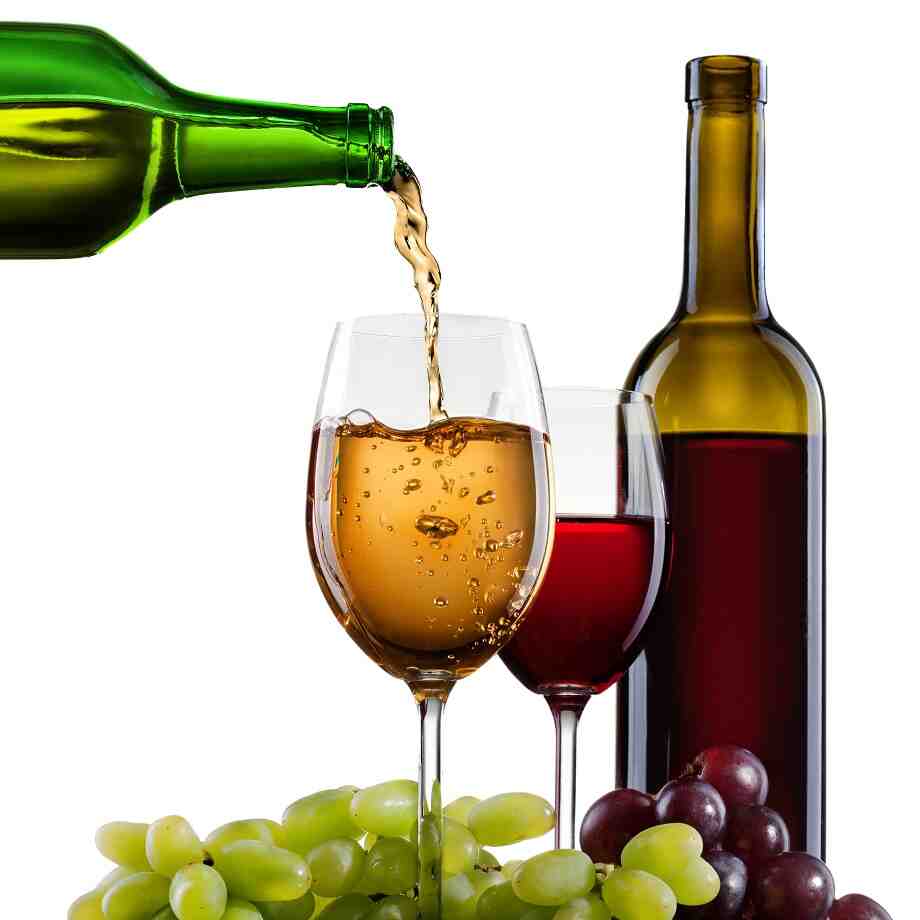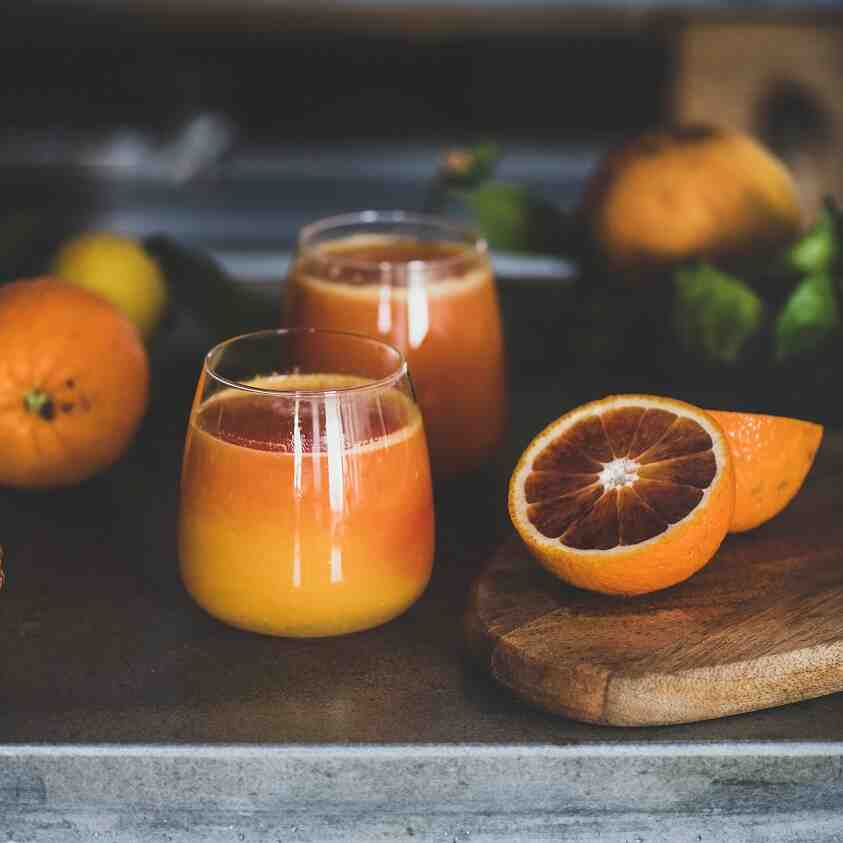What is Orange Wine and Why is it Trending?
Over the past few years, you may have noticed a new trend making waves in the wine world: orange wine. While it may sound like a quirky, novel creation, orange wine has actually been around for thousands of years. What makes it unique is not its flavor or color, but its production process, which sets it apart from traditional white and red wines. In this article, we’ll explore what orange wine is, how it’s made, and why it’s become such a hot topic among wine enthusiasts.
What is Orange Wine?
At its core, orange wine is a style of white wine that is made by fermenting white grapes with their skins, much like red wine. While traditional white wines are made by pressing the grapes and fermenting the juice without the skins, orange wine is all about extracting additional flavor, tannins, and color from the grape skins during fermentation.
The result is a wine that’s often described as having a distinct amber, copper, or orange hue, hence the name “orange wine.” These wines typically have more complex, textured flavors than regular white wines, with a unique balance of tannins, acidity, and aromatic intensity.
The History of Orange Wine
Orange wine is not a new phenomenon, although it may feel like a recent trend. In fact, this winemaking technique dates back thousands of years to regions in Georgia (the country, not the U.S. state), where winemaking traditions go back over 8,000 years. Georgian winemakers have been fermenting white grapes with their skins for millennia, and this method is still used today in the country’s winemaking.
For much of history, orange wine was made in large earthenware vessels called qvevri, which are buried underground to naturally regulate temperature during fermentation. This ancient technique, which is making a comeback in modern winemaking, is considered a hallmark of natural and traditional winemaking practices.
Despite its historical roots, orange wine fell out of favor for many years, as wine production shifted toward more conventional methods in the 20th century. However, in recent decades, orange wine has experienced a resurgence, largely driven by the natural wine movement and a growing desire for more unique, artisanal wines.
How Is Orange Wine Made?
The process of making orange wine is similar to red winemaking but with white grapes. Here’s a breakdown of the steps involved:
- Grape Selection: Orange wine is made from white grape varieties like Chardonnay, Riesling, Pinot Grigio, and Gewürztraminer. The key difference from regular white wine production is that the grapes are fermented with their skins intact, which gives the wine its distinctive color and texture.
- Fermentation: After the grapes are harvested, they are crushed and left to ferment with their skins, seeds, and stems (called whole-cluster fermentation). The natural yeasts present on the grape skins start the fermentation process, and the skins release their color, tannins, and phenolic compounds into the juice, much like what happens in red wine production.
- Aging: After fermentation, orange wines are often aged in stainless steel, concrete, or wooden vessels. The aging process can range from a few months to several years, depending on the style of wine the winemaker is aiming to create. Some winemakers may also age the wine in qvevri, the traditional Georgian clay vessels, to further impart earthy and unique flavors.
- Bottling: Once the wine has reached its desired flavor profile, it is bottled, often with minimal filtration to retain its natural characteristics.
What Does Orange Wine Taste Like?
Orange wines are incredibly diverse, but they typically have a few key characteristics that set them apart from traditional white wines:
- Tannins: One of the most noticeable features of orange wine is the presence of tannins, which come from the grape skins. Tannins add structure and a slight astringency, giving orange wines a more textured mouthfeel compared to most white wines.
- Complex Flavors: Because of the extended skin contact during fermentation, orange wines often have more complex and bold flavors. You may encounter notes of dried fruits, herbs, spices, citrus peel, almonds, or even a slightly oxidative quality, which can lend the wine a savory or nutty edge.
- Aromatics: Orange wines can be aromatic, but their nose might be more complex and less fruity than typical white wines. The aromas may range from floral and honeysuckle to tea-like or earthy qualities, depending on the grape variety and winemaking methods used.
- Acidity: Many orange wines have a bright acidity that balances out the tannins and the wine’s richness, creating a well-rounded and food-friendly profile.
Why Is Orange Wine Trending?
There are several reasons why orange wine has gained popularity in recent years. Here are some of the factors contributing to its rise in the wine world:
1. The Natural Wine Movement
The natural wine movement, which advocates for minimal intervention in winemaking, has played a major role in the resurgence of orange wine. Many natural wine producers embrace orange wine as it aligns with their philosophy of using organic or biodynamic farming practices and fermenting wines with native yeasts, without the use of additives or chemicals.
Orange wine’s unfiltered, low-intervention production process appeals to consumers seeking more authentic, “real” wines that highlight the true character of the grapes and the land.
2. Unique and Experimental Flavors
Wine drinkers are increasingly drawn to wines that offer something different and unique. Orange wine’s complex flavors, natural tannins, and bold, often unpredictable profile provide a refreshing alternative to conventional white wines. For adventurous wine lovers, the chance to explore new and experimental flavors is one of the reasons why orange wine is so exciting.
3. Food Pairing Versatility
Orange wine is incredibly versatile when it comes to food pairings. Its balance of tannins, acidity, and rich flavors makes it an excellent match for a wide variety of dishes, including cheeses, charcuterie, roasted vegetables, spicy foods, and even sushi. It pairs well with foods that traditional white wines may not complement as effectively.
The food-pairing possibilities have made orange wine increasingly popular among sommeliers and chefs, who appreciate its versatility and ability to elevate a wide range of dishes.
4. Eco-Conscious and Sustainable Production
As sustainability and eco-consciousness become more important to consumers, many orange wine producers emphasize environmentally friendly practices. Organic farming, minimal intervention winemaking, and sustainable vineyard management are often a key part of the process, making orange wine attractive to those who prioritize sustainability in their purchasing decisions.
5. A New Wave of Winemakers and Producers
New generations of winemakers, especially in regions like California, Italy, and France, are embracing traditional winemaking techniques and experimenting with skin-contact fermentations. As a result, more and more quality orange wines are being produced and reaching consumers in the market. The rise of small, independent wineries crafting artisanal orange wines has contributed to the growing demand for this style of wine.
How to Enjoy Orange Wine
If you’re new to orange wine, here are a few tips for enjoying it:
- Serve it slightly chilled: Orange wine is typically best served slightly cooler than room temperature, around 50°F (10°C), which allows the flavors and aromas to open up.
- Pair it with food: Orange wine’s complexity and structure make it an excellent companion for a wide range of dishes, especially those with bold flavors, like grilled meats, cheese boards, or spicy cuisines.
- Experiment: Don’t be afraid to try different varieties and styles of orange wine. There’s a whole world of flavors and textures to explore, from light and refreshing to more robust and tannic versions.
Conclusion: The Allure of Orange Wine
Orange wine is more than just a trend—it’s a return to ancient winemaking traditions, with a modern twist. Its unique production process, bold flavors, and versatility in food pairings have made it a favorite among wine lovers looking for something different. Whether you’re a fan of natural wines, an adventurer in search of new tastes, or someone who loves exploring wine’s rich history, orange wine offers an intriguing and rewarding experience.
So, next time you’re browsing wine shelves or looking for something new to try, consider giving orange wine a shot. With its deep history, growing popularity, and undeniable character, it’s a wine worth discovering.











